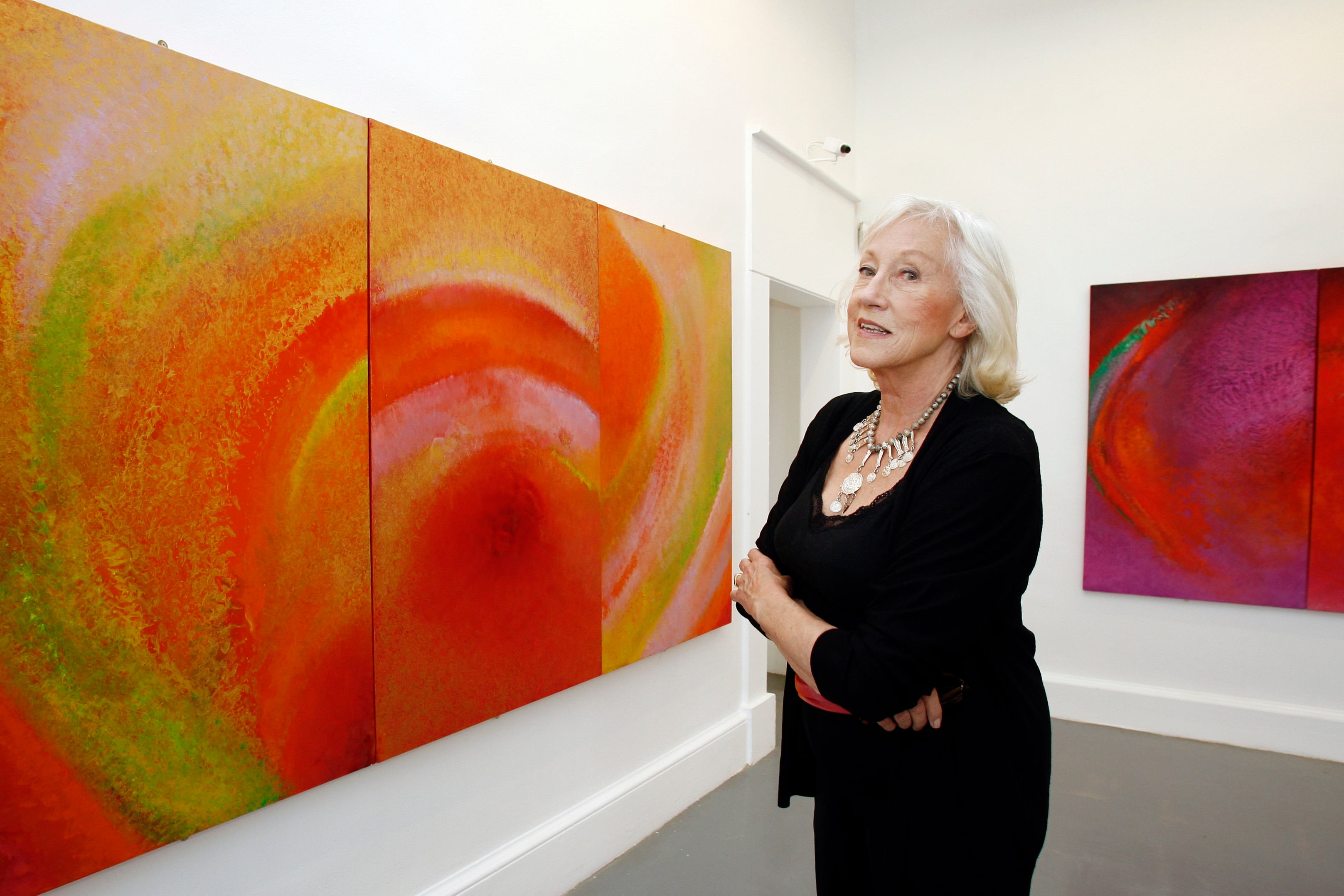Ireland’s rising road deaths is a problem reflected across Europe, and while reasons for this trend are complex, there is renewed focus on driver distractions, especially when using mobile phones, according to a European Commission official.
Speaking on Monday at the Transport Research Arena conference in Dublin’s RDS director general of DG Move Magda Kopcyzńska admitted the European Union’s strategy to reduce road deaths was failing.
“I’m afraid the numbers are going up everywhere. We have this ‘vision zero’, no road-related deaths in 2050. We thought we were on the way to get there, but we still have 20,000 people dying in relation to road traffic in Europe,” she added.
Pinpointing why was always very complex and may be related to increased traffic, she said at the conference, which is Europe’s main conference on transport research and innovation. It is being attended by more than 4,000 delegates ranging across policymakers, researchers and industry.
RM Block
“We are looking where mobility patterns are changing, whether people are using slightly different [travel] modes, that they use more in an urban environment,” Ms Kopcyzńska said. “I can say that we are worried because we thought we were on the way to zero but we are not.”
The EU was looking across all countries annually including Ireland and sitting down to discuss trends with national authorities to see whether there are specific things that need to be looked more in detail. “But honestly it is really very much national, but also regional and local authorities that will know best what is the underpinning reason for those problems.”
While she said she was happy with advanced technologies available to assist drivers in being more safe, it was looking at mobile use and use of display screens increasingly in vehicles. “We have been conducting a study on distractions during driving ... we know we shouldn’t text and drive. We know we should be very careful even when we talk on our mobile phones. So they probably are a factor.”
The state of infrastructure was also a factor, Ms Kopcyzńska said. “We have seen cases where the quality of infrastructure is deteriorating, it’s not as resistant to things that are happening with our weather. And if your road surface is not safe, then driving safely is even more complicated, but again it does come to the human factor.”
Administrator of the Federal Highway Administration in the US Shailen Bhatt said road deaths in the US continue to be stubbornly high with 41,000 last year but a systemic approach was being deployed in an attempt to force numbers down.
“It’s about safer speeds, safer vehicles, safer road design ... looking at the data around these crashes and the near misses. That’s what technology allows us to do. Now we can analyse all these crashes, get data off the vehicles and begin to design a system where speeds are lower [and] the roads are more forgiving so that people aren’t dying in these ridiculous numbers.”
The opening ceremony was addressed by Jack Kavanagh, a director of the National Disability Authority and Centre for Excellence in Universal Design, who was paralysed following a spinal cord injury while swimming on holiday in Portugal in 2012.
In changing from standing six feet two inches to four feet something seating, “I realised very quickly that the world was not flat and it was full of barriers to entry,” he added.
“The only important thing about design is how it relates to people ... The environments around us make us and shape us; they enable or disable us. One and five of us live with some form of disability be it visible or invisible – seen or unseen. It could be any one of us, and as we age, as we live for longer with diverse abilities, it will be everyone of us.”
Addressing delegates, he said they had small keys that could be used to open big doors for those with disabilities by deploying a universal design approach, where “the normals are all of us”. The conference was an opportunity to look to the future, where design with access and inclusion was the only approach. “We can do better; we must do better,” he said.
- Sign up for push alerts and have the best news, analysis and comment delivered directly to your phone
- Find The Irish Times on WhatsApp and stay up to date
- Listen to our Inside Politics podcast for the best political chat and analysis


















